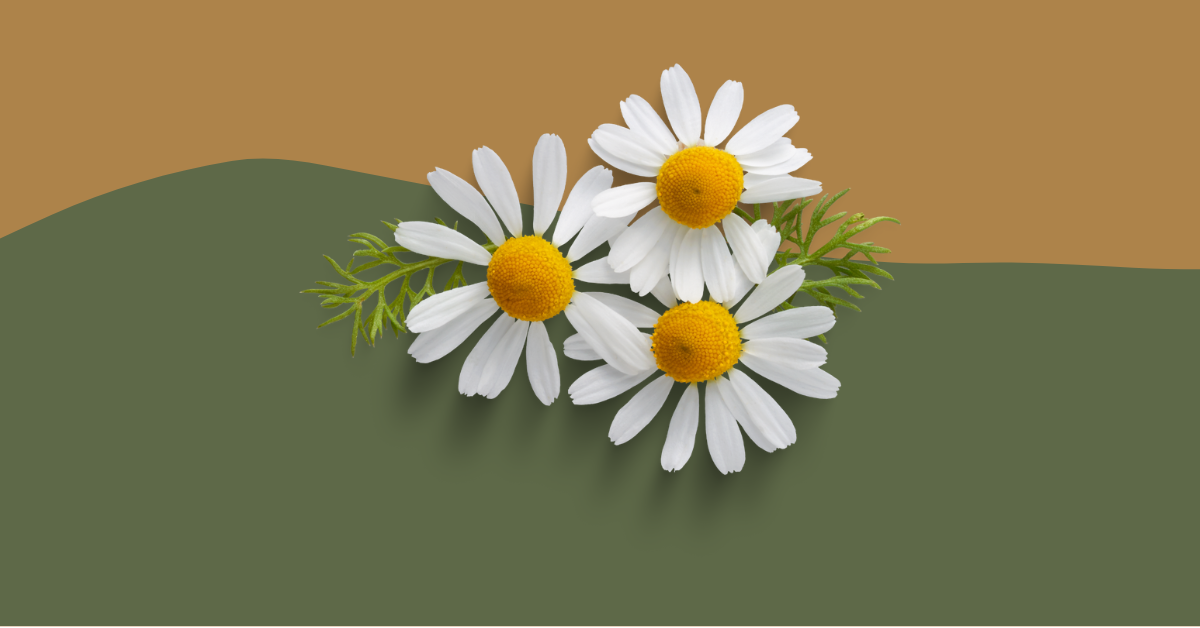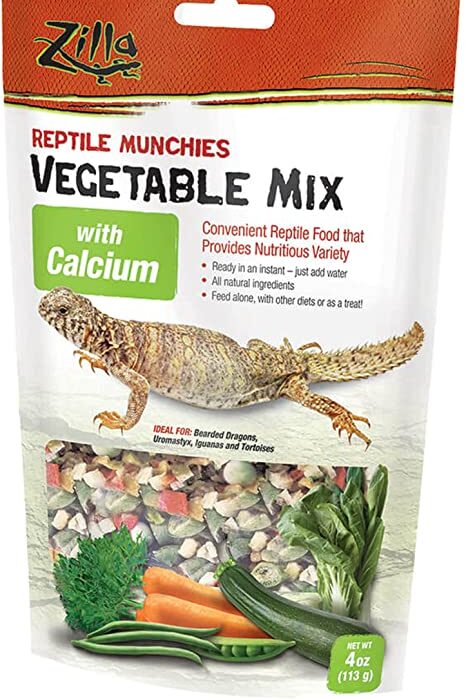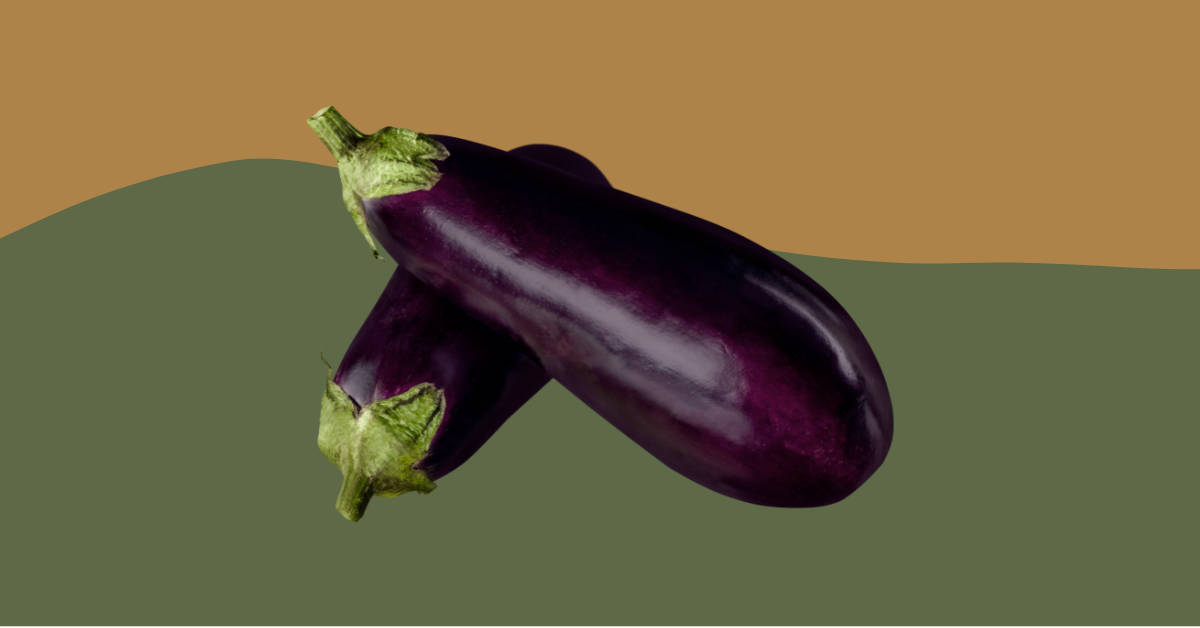Yes, bearded dragons can eat flowers, but it’s important to feed them only safe and edible varieties in moderation. A small portion, such as one to two flowers, is sufficient for a single feeding.
Table of contents
As pet owners, it is essential to provide a well-balanced diet to ensure the health and happiness of your bearded dragon. This article will provide the do’s and don’ts, teach you about bearded dragon care, a step-by-step preparation guide, and find answers to frequently asked questions.
Related Article: Bearded Dragon Care: Expert Tips and Insights
Do’s
- Feed safe, edible flowers: Offer your bearded dragon flowers like hibiscus, dandelions, and rose petals, which are non-toxic and provide beneficial nutrients.
- Wash the flowers: Always wash the flowers thoroughly to remove any pesticides or contaminants.
- Moderation is key: Feed flowers as a treat, not a staple in their diet, to avoid digestive issues.
Don’ts
- Avoid toxic flowers: Steer clear of flowers like azaleas, foxglove, and lilies, which are toxic and can cause severe health issues.
- No artificial flowers: Artificial flowers may be mistaken for real ones and can cause choking or impaction if ingested.
- Don’t feed flowers exclusively: Bearded dragons require a varied diet, so avoid relying solely on flowers for their nutrition.
Best Practices for Feeding Flowers to Bearded Dragons
Following best practices when feeding your bearded dragon will ensure their safety and overall health. Here are some best practices to keep in mind:
- Research before feeding: Before introducing any new flower variety to your bearded dragon’s diet, always verify its safety. Consult reputable sources or consult with a veterinarian to ensure you’re offering a non-toxic flower.
- Balance their diet: Flowers should be considered a treat and should not constitute the majority of your bearded dragon’s diet. Instead, provide a balanced diet that includes a mix of leafy greens, vegetables, fruits, and insects to meet their nutritional requirements.
- Monitor your bearded dragon: Keep a close eye on your pet’s behavior and health after introducing a new flower variety. This helps identify any adverse reactions, such as an upset stomach or a lack of interest in the flower.
- Know the nutritional content: Familiarize yourself with the nutritional value of different flowers to ensure you’re offering your bearded dragon a variety of nutrients. For instance, hibiscus flowers are high in vitamin C, while dandelions provide calcium.
- Source organic flowers: Whenever possible, purchase organic flowers or grow your own using organic methods. This helps reduce the risk of pesticide exposure, which can be harmful to your bearded dragon.
- Proper storage: Store fresh flowers in the refrigerator, preferably in an airtight container, to keep them fresh for a longer period. This ensures your bearded dragon consumes fresh and nutritious flowers.
- Introduce new flowers gradually: When offering a new flower variety, start with small quantities and increase the amount slowly over time. This allows your bearded dragon’s digestive system to adjust to the new food.
- Chop larger flowers: For larger flowers, such as hibiscus, cut them into smaller pieces to make it easier for your bearded dragon to consume.
- Alternate flower varieties: Offer different types of safe, edible flowers to provide a diverse range of nutrients and flavors for your bearded dragon. This helps maintain their interest in the food and promotes a varied diet.
- Consult a veterinarian: If you have concerns or questions about your bearded dragon’s diet, always consult with a reptile specialist or veterinarian for professional guidance. They can help you make informed decisions about your bearded dragon’s nutritional needs.
Related Article: Bearded Dragon Feeding Guide: Nutrition Tips
Step-by-Step Guide to Preparing Flowers for Your Bearded Dragon
Step 1
Choose safe flowers: Pick a non-toxic flower variety, like hibiscus or dandelions, for your bearded dragon.
Step 2
Source organic flowers: Purchase flowers from a reliable source that ensures they are pesticide-free or grow your own using organic methods.
Step 3
Wash the flowers: Rinse the flowers under running water to remove any dirt or contaminants.
Step 4
Portion size: Offer one to two flowers as a treat for your bearded dragon.
Step 5
Observe: Watch your bearded dragon as they eat the flowers and monitor their behavior afterward to ensure they don’t experience any negative effects.
Need Recommendations?
Here’s Our Top Amazon Picks
You may also like 📖
Frequently Asked Questions
Are all flowers safe for bearded dragons to eat?
No, not all flowers are safe for bearded dragons. Some flowers, like azaleas and lilies, are toxic and can cause severe health issues. Always research the safety of a flower species before feeding it to your pet.
Can bearded dragons eat wildflowers?
Feeding wildflowers can be risky because they may have been exposed to pesticides or other contaminants. If you choose to feed wildflowers, ensure they are from a clean environment and thoroughly wash them before feeding.
How often should I feed flowers to my bearded dragon?
Flowers should be fed in moderation as a treat, not as a staple in their diet. Offering flowers once or twice a week is a good frequency.
How can I identify safe flowers for my bearded dragon to eat?
Consult reputable sources, such as books, online articles, or reptile care guides, to identify safe flowers for bearded dragons. You can also seek advice from a veterinarian specializing in reptile care. Remember to double-check the information you find, as some sources may not be accurate.
What are the signs that a flower is causing digestive issues for my bearded dragon?
If your bearded dragon experiences vomiting, diarrhea, loss of appetite, lethargy, or any other unusual behavior after consuming a new flower variety, it may be causing digestive issues. In such cases, discontinue feeding the flower and consult a veterinarian if symptoms persist or worsen.
Can I feed my bearded dragon flowers from my garden?
Yes, you can feed your bearded dragon flowers from your garden, provided they are safe, edible varieties, and you have not used any pesticides or chemicals on them. Always wash the flowers thoroughly before feeding them to your bearded dragon to remove any dirt or contaminants.
Are there any flowers that can be toxic to bearded dragons even in small quantities?
Yes, some flowers can be toxic to bearded dragons even in small quantities. Toxic flowers include azaleas, foxglove, lilies, and oleander. It’s essential to verify the safety of a flower species before offering it to your bearded dragon.
Do dried flowers offer the same nutritional benefits as fresh flowers?
Dried flowers can still provide some nutrients, but they may lose some of their nutritional value during the drying process. Fresh flowers are generally a better option, but dried flowers can be a suitable alternative when fresh ones are not available.
How can I encourage my bearded dragon to eat flowers if they’re not interested?
You can try mixing small pieces of flowers with their regular food or hand-feeding the flowers to your bearded dragon. Sometimes, it takes a little encouragement and time for them to develop an interest in new food items. Be patient and keep offering the flowers, but don’t force your bearded dragon to eat them.
Conclusion and final thoughts 💭
Feeding flowers to your bearded dragon can be a nutritious and enjoyable treat when done correctly. By following the do’s and don’ts, best practices, and preparation guide outlined in this article, you can ensure that your bearded dragon enjoys the benefits of flowers without any negative consequences.
Always keep your bearded dragon’s overall diet and well-being in mind and consult with a veterinarian if you have any concerns or questions regarding their health.
Looking for more? Here’s our roadmap:
General Bearded Dragon Pet Owners Guide
Bearded dragons are native to the arid regions of Australia and are known for their unique beard-like appearance. As pets, they have become increasingly popular due to their friendly and inquisitive nature, making them an ideal choice for reptile enthusiasts. Bearded dragons are diurnal, meaning they are active during the day, and their average lifespan ranges from 8 to 12 years, with proper care. When considering adopting a bearded dragon, it’s essential to be prepared for a long-term commitment and be well-informed about their care requirements.
One of the most crucial aspects of bearded dragon care is providing an appropriate enclosure. Adult bearded dragons thrive best in a 20 to 50-gallon tank, but a larger enclosure is always better. It’s important to always keep the tank clean. The tank should have a basking area with a temperature range of 95-110 degrees Fahrenheit, as well as a cooler area with a temperature between 75-85 degrees Fahrenheit. In addition, bearded dragons need access to UVB lighting to help them synthesize vitamin D3 and properly metabolize calcium, which is vital for their bone health.
A balanced diet is essential for a healthy bearded dragon. Their dietary requirements change throughout their life stages; juvenile bearded dragons need a higher protein intake, with insects making up around 80% of their diet and the remaining 20% consisting of vegetables and fruits. As they grow into adults, their diet should consist of approximately 20% insects and 80% vegetables and fruits. It’s important to offer a variety of food items to ensure they receive all the necessary nutrients, and to dust their food with calcium and multivitamin supplements as recommended by a reptile specialist or veterinarian.
Regular interaction and observation of your bearded dragon are vital for maintaining their well-being. Handling your pet gently and frequently can help build trust and strengthen your bond. Monitor your bearded dragon’s behavior, appetite, and overall health to detect any potential issues early on. If you notice any signs of illness, such as lethargy, loss of appetite, or irregular bowel movements, consult a reptile specialist or veterinarian for guidance. Proper care, feeding, and attention will ensure your bearded dragon remains a happy and healthy companion for years to come.







Leave a Reply